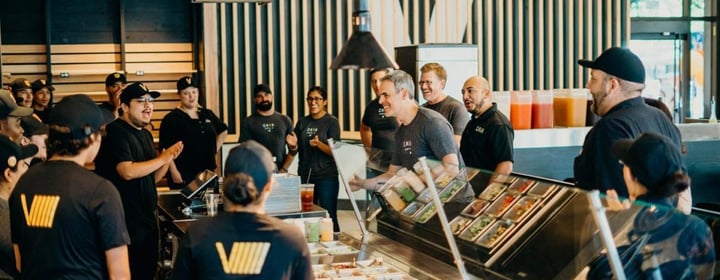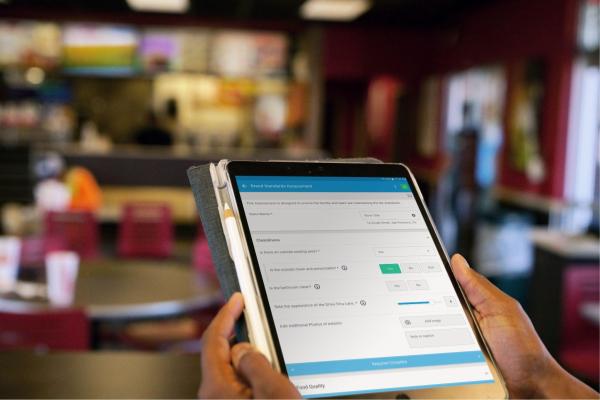
- Home
- Crunchtime Blog
- How to Manage Holiday Scheduling (and Other Operational Challenges) this Season

How to Manage Holiday Scheduling (and Other Operational Challenges) this Season
Follow these tips to make sure your restaurant is scheduling efficiently during the holiday season
Scheduling, erratic sales forecasts, and changing consumer preferences are among the many challenges restaurants face this time of year. The erratic nature of sales during the holiday season makes it difficult to schedule the optimal number of employees for each shift.
Things become even more complicated when team members take time off, and the holidays typically bring an influx of time off requests.
Restaurant leaders undoubtedly do everything they can to ensure guests are served in a timely manner, but understaffed and unprepared restaurants inevitably lead to less desirable guest experiences.
Here are 3 quick tips to help you better manage holiday scheduling and other operational challenges:
1: Streamline communication between managers and employees.
Here's a helpful article that outlines how to write a restaurant communication plan.
2: Give employees the tools to access their schedules, request coverage, and offer to pick up shifts.
Here's a helpful article about creating smoother shifts.
3: Optimize schedules with proper labor management tools.
Here's a helpful article about how to improve your scheduling.
New features in Crunchtime allow users to create forecasts based on a specific week in the past, essentially allowing them to pick the date that the holiday fell on last year, and then make the forecast using the historical data from that holiday.
Bonus Tip: As online shopping continues to affect holiday restaurant traffic, restaurants should be prepared for increased off-premise activity to offset any lack of in-store traffic.
With the added complexities of the holiday season, it's important to have the best data at your disposal. Utilizing real-time data, in conjunction with the tips above, will help mitigate the risk of no-call, no-shows, enabling stores to provide better customer experiences. As is the case with holiday scheduling, restaurants that are equipped with the right tools will be the most successful this season.
Ready to learn more?
Request a demo to learn how Crunchtime can help you manage schedules efficiently throughout the year.
Share this post
Related


Workforce Management Requires Labor Optimization


